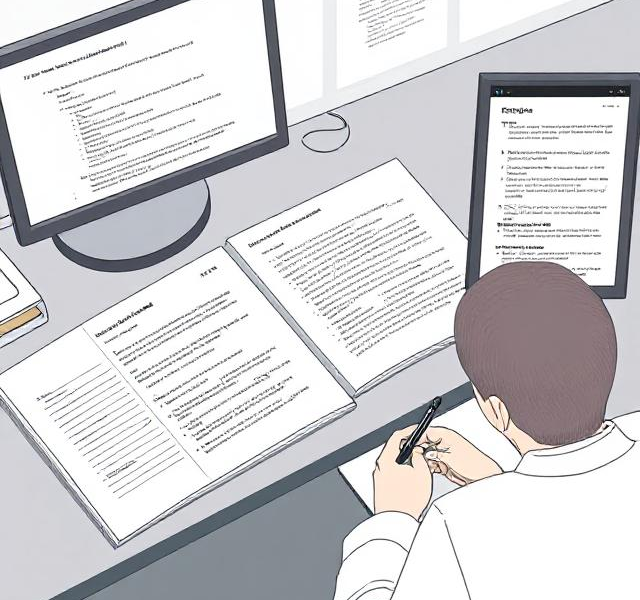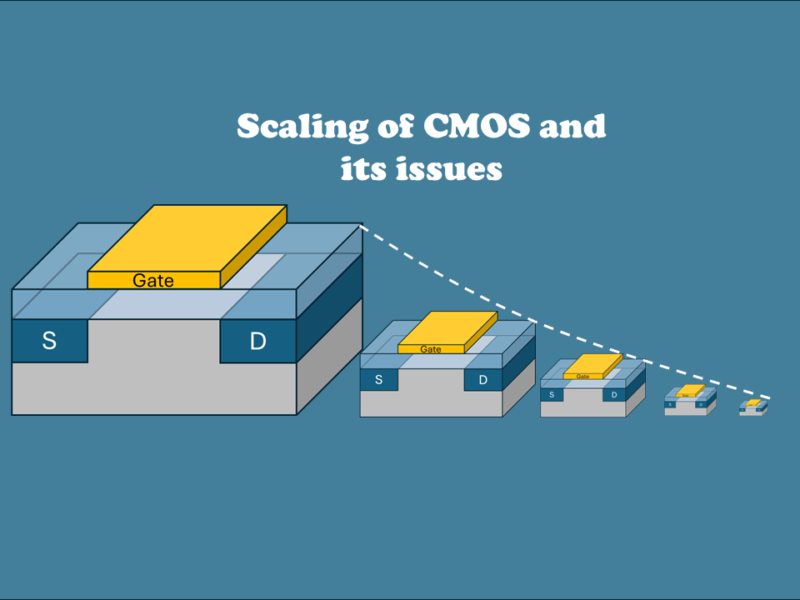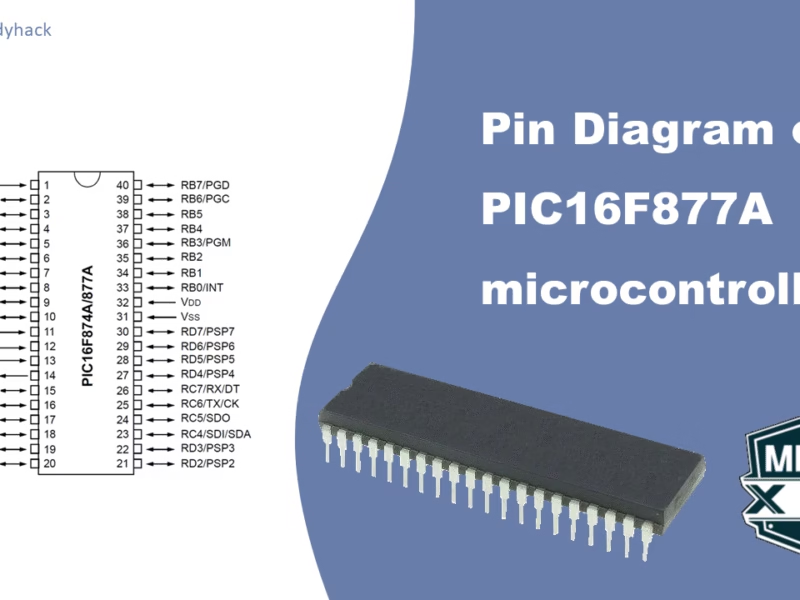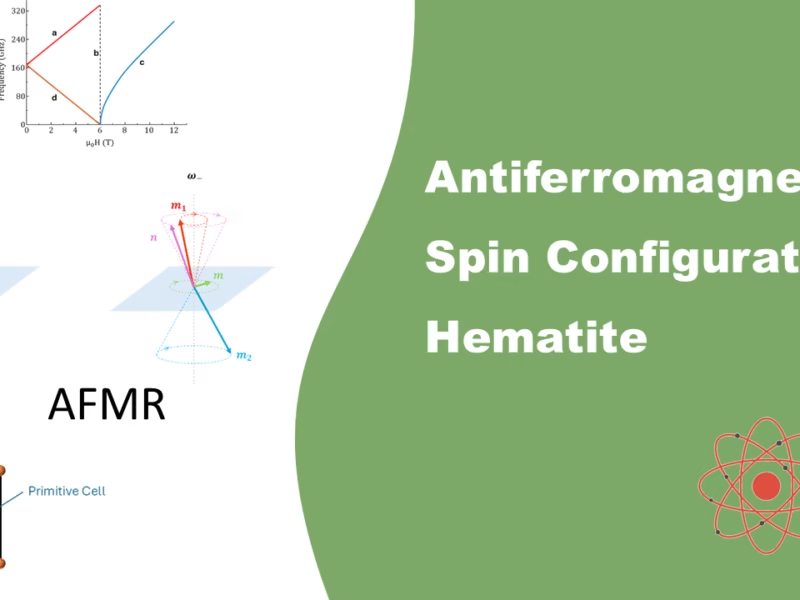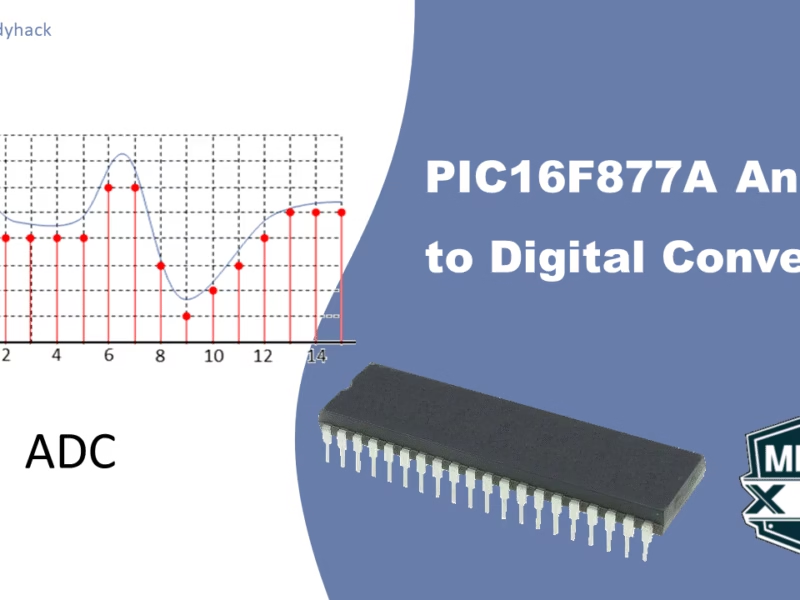This guide on IEEE referencing is based on the IEEE Editorial Style Manual for Authors, 2019, published by Institute of Electrical and Electronics Engineers (IEEE). The IEEE style is used mainly for publications related to engineering, electronics and IT. It has different structure for each entry. To jump directly to the type of entry that you are looking for, please consult the table of content found above. There is also a guide available that explains the format of the IEEE reference list.
1. In-text citations
Citations are indicated by the open and closed brack, with the relevant reference number inside, e.g. [5] or [13].
- They should be on the same line as what has been cited, before any punctuation.
- There should be a space between the word in front and the opening bracket “[“, while not space between the closing bracket “]” and the punctuation.
- The reference number is listed in the order as it appears in the text.
- The same source reference can be used for all subsequent references.
- The reference number should link to the bibliography content at the end of the publication/manuscript.
Multiple references at the same time should be separated by a comma or a dash, indicating all references in between the two numbers are also part of the references.
[1],[3],[13]
[6]-[9]
[1, 3, 13]
[6-9]
It is not necessary to mention: “.. in reference [1].” Just “.. in [1]” will suffice. Furthermore, it is not required to name the author in the text, unless it is relevant for another reason. A few examples of this style of in-text citations are given below.
“For example, see [12].”
“.. in previous research [4], they argued that..”
“Fink et al. [43] showed that..”
2. IEEE Sources
Assignments
[#] A. Author, “Title of assignment: Subtitle if appropriate,” Unpublished manuscript, Unit Code: Name of Unit., Abbrev. Univ. Name, Location of University, Abbrev. State, Country, Year.
[1] F. Duna, “The Selectivity of Gunpowder,” Unpublished manuscript, BFF291: Building Structure for Police officers, KU Leuven, Leuven, Belgium, 2016.
Audio/Video material
[#] A. Person, Responsibility (if appropriate), Title: Subtitle, Date of broadcast (if appropriate) [Format]. Special credits (if appropriate). Place of publication: Publisher, Year.
[2] NYK. “Newyorkpizzaria with English subtitles,” YouTube, Feb. 2, 2020 [Video file]. Available: http://www.youtube.com/watch?v=y7WX-9YdUQ. [Accessed: Feb. 28, 2022].
[3] R. Tweedy, Interviewer, H. Salamanca, Interviewee, and Y. Ozark, Producer, “The future,” The Show, 7 Sept., 2019 [Radio broadcast]. Amsterdam: Amstel Radio.
Book chapter
[#] A. Author of Part, “Title of chapter or part,” in Title: Subtitle of book, Edition, Vol., A. Editor, Ed. Place of publication: Publisher, Year, pp. inclusive page numbers.
[4]Ramezano and F. Lom, “Techniques in spintronics, ” in Magnetic Systems, Vol. 3, Singular systems, T. Lourdes, Ed. Chicago: Academic Press, 1976, pp. 3-8.
Book
- Reference all the authors, unless there are more than 6, if that is the case, use the name of the first author followed by “et al.”.
- Every “word” should be capitalized in the title.
- Only the first word of the subtitle is capitalized.
- Note that the V of Vol(ume) for books is capitalized.
For authored work:
[#] A. Author, Title: Subtitle (in italics), Edition(if not the first), Vol. Place of publication: Publisher, Year, page number(s).
For edited work:
[#] A. Editor, Title: Subtitle (in italics), Edition(if not the first), Vol. Place of publication: Publisher, Year, page number(s).
[5] R. flames, G. Luigi, D. Martinique, and S. Barge,Technology: Pursuing a dream. Bijou, NJ: Wiley, 2014.
[6] The Cambridge Dictionary of Spintronics, 5th ed. Cambridge: Cambridge University Press, 2015.
Conference papers
Conference papers you find on the internet:
[#] A. Author of Paper, “Title of paper,” in Proceedings of the Title of Conf.: Subtitle of conference, Month Date, Year, Location [Format]. Place of publication: Publisher, Year. Available: Database Name (if appropriate), internet address. [Accessed: date of access].
[#] A. Editori and B. Editori, Eds., Title of Conf.: Subtitle of conference, Month Date, Year, Location (optional). Place of publication: Name of Publisher, Year.
[7] J. Macho, “FSD: Magnetic file system,” in Proc. of the 2016 2nd Int. Conf. on Magnetic Technology, IT 2008, 19-22 Feb. 2008, Warschau, Poland [Online]. Available: IEEE Xplore, http://www.ieee.org. [Accessed: 2 Dec. 2012].
[8] J. L. Picard, “Defuzzification of the warp engines,” presented at 200th Int. Conf. on Warp Systems, 2301, Cairo, Vulcan. 2301.
Dataset from the internet
[#] A. Author, Title of Dataset, vol., Place of Publication: Publisher, Year of publication. [Format]. (If available: DOI. [Accessed: Date of access]).
[9] M. Delenay, Results for 12 swiss watches, vol. 4, Cairo: CSIO, 2001. [Dataset]. Available: https://doi.org/10.26542/4329yfn3485r. [Accessed: July 10, 2003].
E-books
[#] A. Author, Title of E-book. Place: Publisher, Date of original publication. [Format] Available: Source.
[11] “Saturn’s Rings,” in A Dictionary of Astronomy, 3rd ed. Cambridge (UK): Cambridge UP; 2019. [Online]. Available from: Cambridge Reference Online.
[10] L. Nais, J. and R. Guzman, Software Paradise in Real, 3rd ed. Reading, CA: Addison Wesley, 2014. [Online] Available: Apple e-book.
Electronic Journals
[#] A. Author, “Title of Article,” Title of Journal, vol., no., p. page numbers, month year. [Format]. Available: Database Name (if appropriate), internet address. [Accessed: date of access].
[12] S. Shuhankar, “Analysis of YFeO3 material in Crystals,” Journal of Crystallography,
vol. 5, no. 1, p. 232+, April-Dec. 2015. [Online]. Available: Academic
OneFile, http://find.pungroup.com. [Accessed May 2, 2019].
Internet documents
[#] A. Author, “Document title,” Webpage name, Source/production information, Date of internet publication. [Format]. Available: internet address. [Accessed: Date of access].
[14] J. Penultima, “No more 3D nintendos,” gnu.com, para. 2, Dec. 31, 2022. [Online]. Available: http://www.gnunet.com/1245. [Accessed: Sept. 12, 2023].
[13] “An easy explanation of Spintronics Spin Valves,” Oct. 5, 1983. [Online]. Available: http://www.spin.org/valve.pdf. [Accessed: Feb. 21, 2003].
Journal articles
- Note that the v of vol(ume) for printed articles is not capitalized.
- To indicate a pag range, use 113-124.
[#] A. Author of article. “Title of article,” Title of Journal, vol. #, no. #, pp. page number/s, Month year.
[15] U. Duinkerk, “Laser switching – Part 5: An assessment of feasability,” IEEE Electron. Devices, vol. ED-123, pp. 37-59, Jan. 1999.
Newspaper articles
[#] A. Author, “Title of article,” Title of Newspaper: Section, p. inclusive page numbers, Month Date, Year.
[16] N. Moskovic, “No more oil refineries,” The Guardian, p. 200, Sept. 17, 2019.
[17] “No more Western Union,” The West Guardian, p. 7, Aug. 20, 2019.
[18] C. Willy, “Computer automatically removes advertisements,” The West Guardian, para. 9, Feb 9, 2014. [Online]. Available: http://www.theguardian.com [Accessed Dec. 8, 2015].
Theses
Unpublished thesis:
[#] A. Author, “Title of thesis: Subtitle,” Unpublished thesis type, Abbrev, Dept., Abbrev. Univ., Location of University, Abbrev. State, Country, Year.
Published thesis:
[#] A. Author, Title of Thesis: Subtitle. Place of publication: Publisher, Year of publication.
Thesis from database:
[#] A. Author, Title of Thesis: Subtitle. Thesis type [Format]. Location of University: Abbrev. Univ., Year. Available: Database Name.
[19] H. Chan, “Flame resistive batteries,” M.S. thesis, Univ. of Toronto, Toronto, CL, Canada, 1998.
[20] M. Lekm, Finalizing the lemann theorem. Bejing: Aka, 2006.
[21] F. Duchang, National Forest Protection Innovation. PhD [Dissertation]. Bejing, WA: Bejing Univ., 2007. [Online]. Available: Chinese Online Theses Program.
3. Format of the IEEE Reference List
- This page should come directly after your main text (including the conclusion of your work), and before any Appendices.
- At the top of the first page, the heading says “References” (centered and in bold)
- References are numbered in brackets in order of which they first appeared in the text. They should form their own column left-aligned and an own column for all the references (created by an indent).
- References are single spaced, with each reference on their own row.
4 Full page example
If you are interested in referencing styles, see our other resources, including the APA reference style for engineers and the MLA reference style for arts and humanity studies. You can also check out our information page on References and citations to get a better understanding of the whole topic. All of the resources can be found in our Database.


